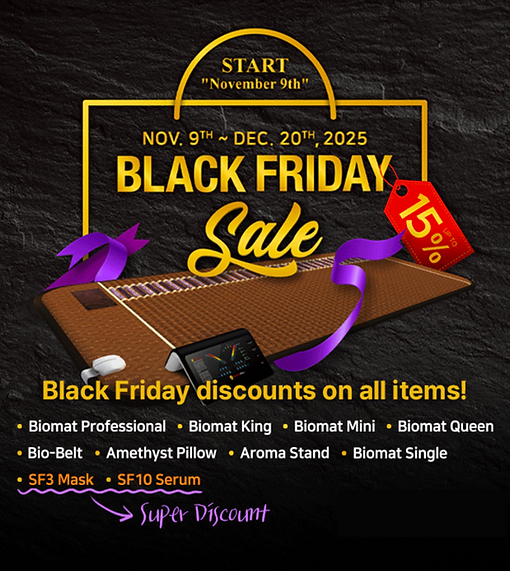
CALL TODAY 1-250-886-1863
FREE SHIPPING USA & CANADA
ORDER WITH US- NO DUTY ON CANADIAN ORDERS
(GST & PST Due On Delivery)

BioMat Vs Copycats
In the last few years, there have been many Biomat® copycats popping up. These copycat products may look just like our products, but none of them have the Biomat®’s advanced technology, certificates, or safety licenses to manufacture or distribute medical products.
Due to many complaints by medical professionals, MedWatch, which is the FDA’s program for reporting serious problems regarding medical products, have taken down many Biomat® copycats for either being illegally imported, or failing to have the correct license and certificates.
Read below for more information on differentiating Biomat® from copycat products.
(1). Copycat products typically do not have an NRTL License
Per FDA regulations, any “Powered Heating pad” must have an NRTL (National Recognized Testing Laboratory) 120V Electric Safety License.
Without an NRTL License, Heating Pads should not be able to import to US or Canada.
How Copycat products get imported without an NRTL License:
1. By having a CE certificate and registering their products as Medical Device Powered Heating pad (SEC 890-5740)
a. CE certificates are only for 220V products, therefore, labeling with only a CE certificate is not applicable when importing 120V products into the US.
2. Copycat products can also pass customs by classifying their products as “Furniture or Bedding Product” (Mislabeling)
(2). Copycat products typically do not have a 510K (Pre marketing Notification)
A 510(k) is a premarket submission to demonstrate to the FDA that the device has demonstrated to be marketed as safe and effective.
All infrared ray heating devices must have a 510(k).
Without a 510(k), they cannot claim their products as an “Infrared Ray” device. NRTL License is a prerequisite for a 510(k).
(3). Copycat products typically do not have a UDI management system.
A UDI System, or Unique Identification System, is how medical devices each get assigned a unique identifier. The Biomat® is considered a Class II Medical Device, which will need to be managed under a UDI System. Through a UDI system, each individual device can be tracked and traced as a part of the requirements for distributing medical devices.
(4). Copycat products typically do not have an MDSAP or ISO 13485
MSDAP, or Medical Device Single Audit Program, is a program that helps conduct regulatory audits on the quality of the manufacturers of these medical devices, which is a requirement for multiple regulations.
ISO 13485 are specific set of requirements for regulatory purposes for medical devices.
Class II Medical Devices must be managed under an MDSAP or ISO 13485 system.
Since MDSAP requires an NRTL license, these copycat products are typically missing these as well. Without MDSAP, copycat products cannot get a Medical Device License in Canada.
(5). Copycats typically don’t have GMP License
GMP (Good Manufacturing Practices) License are guidelines required by certain agencies that control the authorization and licensing of the manufacturing of many different goods, which also includes medical devices.
Without a GMP License, companies cannot produce Medical Devices.
Why do many of these copycat companies not have the required licenses and certificates?
Getting these licenses and certificates are expensive, time consuming, and difficult. Once you obtain these licenses, you place yourself under more scrutiny, and manufacturing will now need to be constantly inspected every quarter.
Due to these reasons, copycat companies tend to be missing these licenses and certificates.
The Bureau of Consumer Protection has investigated “Infrared Ray Heating Devices” and found many of them do not meet the requirements to be imported or marketed in the US.
Consumer Protection associations have reported to US Custom to block the importing of these copycat products, as well as removing any medical device that does not meet the standards from online shopping sites such as Amazon.
